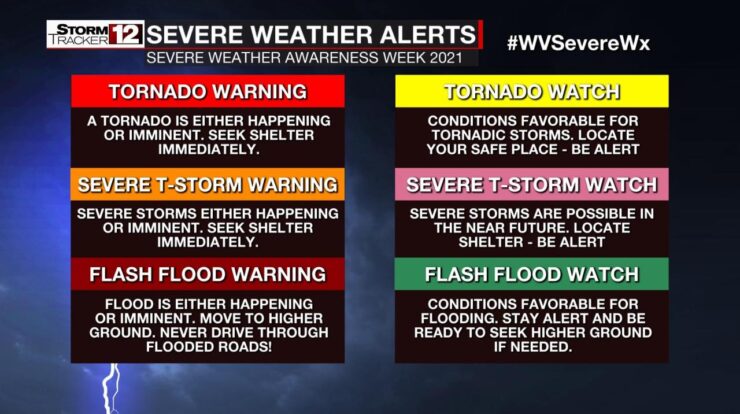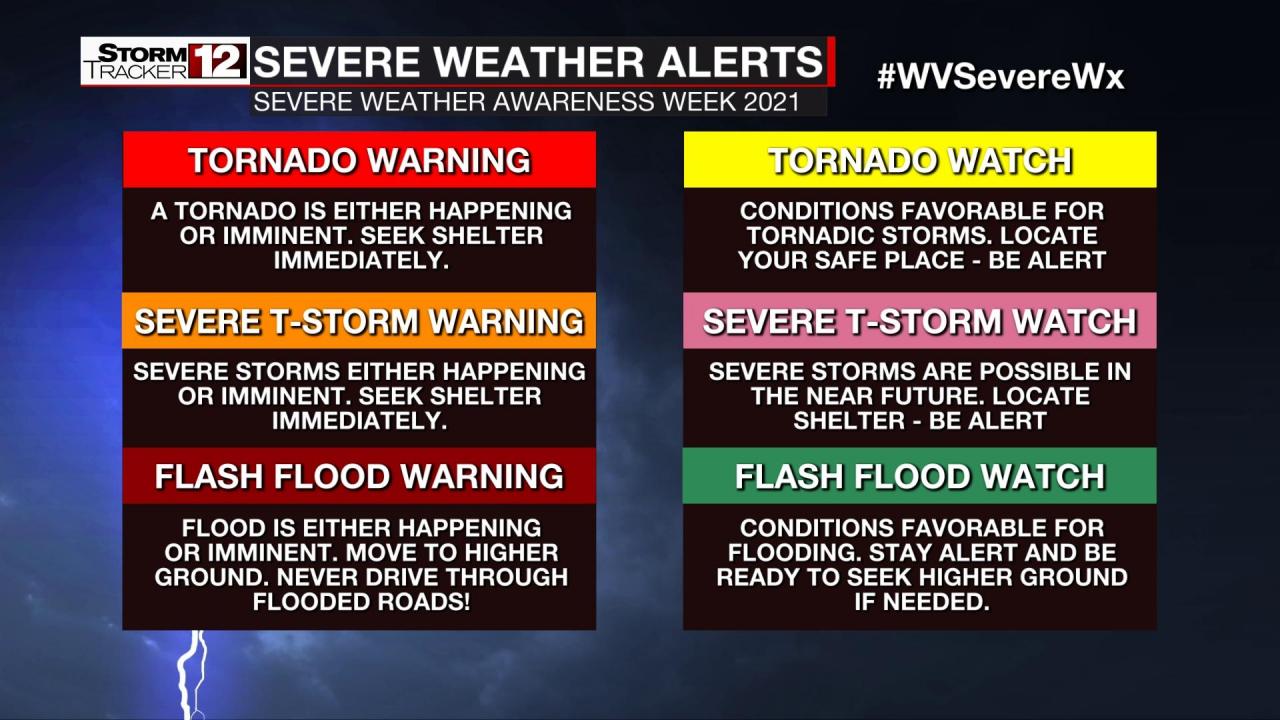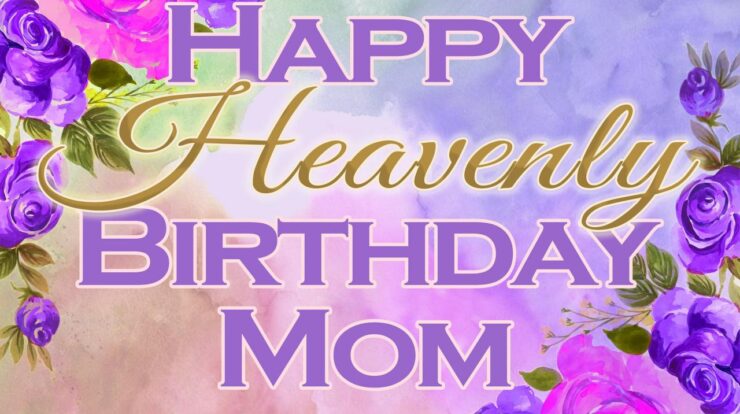
Difference between watch and warning – In the realm of weather and emergencies, the distinction between a watch and a warning holds paramount importance, guiding our preparedness and response. This guide delves into the intricacies of these alerts, exploring their definitions, issuers, communication methods, public response, and potential impact on daily life.
Watches and warnings serve as crucial tools in safeguarding communities from impending threats. Understanding their differences empowers us to make informed decisions and take appropriate precautions, ensuring our well-being and minimizing risks.
Pengertian Watch dan Warning: Difference Between Watch And Warning

Dalam konteks peringatan cuaca, “watch” dan “warning” memiliki perbedaan yang signifikan. “Watch” menunjukkan adanya potensi bahaya di masa depan, sedangkan “warning” menandakan bahaya yang sudah terjadi atau akan segera terjadi.
Contoh “watch”: “Badai tropis diperkirakan akan terbentuk di lepas pantai dalam 48 jam ke depan.”
Contoh “warning”: “Banjir bandang diperkirakan terjadi di daerah Anda dalam satu jam ke depan.”
If you’re wondering is a watch or warning worse , the answer is: a warning. A watch means that conditions are favorable for severe weather to develop, while a warning means that severe weather is imminent or already occurring. So, if you’re under a watch, you should be prepared to take shelter if necessary.
If you’re under a warning, you should take shelter immediately.
Otoritas yang Menerbitkan, Difference between watch and warning
Di Amerika Serikat, National Weather Service (NWS) bertanggung jawab untuk mengeluarkan “watch” dan “warning” untuk cuaca berbahaya.
Kriteria untuk mengeluarkan “watch”:
- Kondisi yang menguntungkan untuk pengembangan bahaya cuaca tertentu sedang terjadi atau diperkirakan akan terjadi.
- Bahaya tersebut tidak akan terjadi dalam waktu dekat, namun masih ada kemungkinan.
Kriteria untuk mengeluarkan “warning”:
- Bahaya cuaca tertentu sedang terjadi atau akan segera terjadi.
- Tindakan segera diperlukan untuk melindungi jiwa dan harta benda.
Metode Komunikasi
NWS menggunakan berbagai metode untuk mengkomunikasikan “watch” dan “warning”, antara lain:
- Buletin cuaca di radio dan televisi
- Situs web NWS
- Aplikasi seluler
- Peringatan teks
Setiap metode memiliki kelebihan dan kekurangannya masing-masing.
Misalnya, buletin cuaca di radio dan televisi dapat menjangkau audiens yang luas, namun tidak selalu dapat memberikan informasi yang sedetail situs web atau aplikasi seluler.
Tanggapan Publik
Ketika menerima “watch” atau “warning”, masyarakat harus mengambil tindakan yang tepat untuk melindungi diri dan orang lain.
Untuk “watch”:
- Tetap waspada dan ikuti perkembangan berita cuaca.
- Siapkan rencana tindakan jika terjadi bahaya.
Untuk “warning”:
- Ambil tindakan segera untuk melindungi diri Anda.
- Ikuti petunjuk dari pihak berwenang.
Dampak pada Kehidupan Sehari-hari
“Watch” dan “warning” dapat berdampak signifikan pada kehidupan sehari-hari.
If you’re a fan of Christopher Nolan’s films, you’ll want to know how to watch oppenheimer . The film is set to be released in July 2023, and there are a few different ways to watch it. You can see it in theaters, or you can wait until it’s available to stream on HBO Max.
Dampak positif:
- Memberikan peringatan dini tentang potensi bahaya, sehingga memungkinkan masyarakat untuk mengambil tindakan pencegahan.
- Mengurangi risiko cedera atau kematian akibat cuaca berbahaya.
Dampak negatif:
- Dapat menyebabkan kecemasan atau ketakutan yang tidak perlu.
- Dapat mengganggu kegiatan sehari-hari, seperti pekerjaan atau sekolah.
Last Point
The significance of watches and warnings cannot be overstated. By recognizing the distinctions between these alerts, we enhance our ability to navigate weather events and other emergencies effectively. Staying informed, adhering to guidelines, and taking necessary precautions are essential for safeguarding ourselves, our loved ones, and our communities.
Q&A
What is the primary difference between a watch and a warning?
A watch indicates a potential threat, while a warning signifies an imminent danger.
Who issues watches and warnings?
If you’re wondering is watch or warning worse , the answer is: it depends. A watch means that conditions are favorable for severe weather to develop, while a warning means that severe weather is imminent or already occurring. So, if you’re under a watch, you should be prepared to take shelter if necessary.
If you’re under a warning, you should take shelter immediately.
Meteorological agencies, such as the National Weather Service, issue these alerts.
How are watches and warnings communicated?
Through various channels, including media broadcasts, mobile alerts, and social media.
What should be the public response to a watch?
If you’re a Lakers fan, you won’t want to miss the lakers game watch at your local MEC. It’s a great way to watch the game with fellow fans and enjoy some snacks and drinks. And if you’re looking for a way to watch together with friends who are far away, there are plenty of online platforms that make it easy to do so.
Stay informed, monitor weather updates, and prepare for potential action.
What should be the public response to a warning?
Take immediate action to protect life and property, following official guidance.





